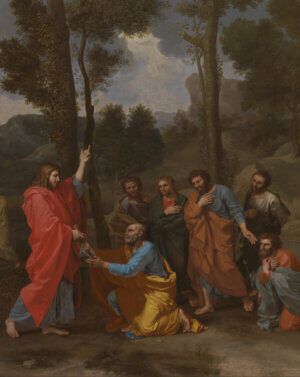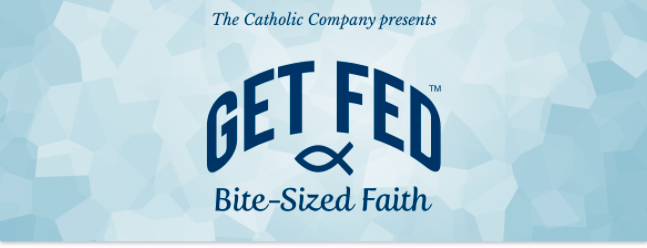
“What are you giving up for Lent?”
It’s the question we are all asking each other right about now. And yes, giving up something we enjoy such as sweets, coffee, or our favorite TV show is a great start. These external penances are a necessary part of the season—and should be a part of our lives in some way throughout the year.
But what else can we do to actively cultivate virtue and really target our faults this Lent? How can we take our penances to the next level?
Here are 5 ideas that might prove a bit challenging—but try ‘em out and you’ll be enjoying some sweet spiritual fruit soon!
1. Mortify your will through the practice of obedience. Obedience takes different forms depending on our state in life. Those in religious life must obey their religious superiors, and children their parents. As lay adults, we can do it by cheerfully serving our spouse and children, fulfilling our assigned tasks at work, or simply allowing others to go first in the buffet line!
2. Attend especially to the tasks you don’t like doing. Padre Pio was once visited by the soul of a young friar who had worked in the sacristy. The soul revealed that he suffered in purgatory because he’d been careless and negligent with his work. Complete every task meticulously, no matter how small and insignificant.
3. Embrace annoyances. Annoyances abound in this life. Little flaws in other people especially provoke us to fixate on our aggravation. Very often the flaws are faults that we also are guilty of, but which we tolerate in ourselves. Over the next few weeks, when something in another person annoys you, examine yourself and discern how you, too, act or feel or think in that way.
4. Impose a strict watch on your tongue. Innumerable, mundane complaints escape our mouths daily, fostering ingratitude—so guard your tongue and inspect what you want to say before speaking.
5. Check impulsive actions. Be intentional in all that you do, asking yourself, “Do I really need to shoot off this text? Will this comment help anyone? Will I benefit from thoughtlessly popping snacks in my mouth?”
Lent is a long season and it’s easy to grow weary—why not go through it as a family and help each other along? Our 40 Days of Lent Family Card Pack provides the whole family with tools for a fruitful Lent. For adults—40 prayer cards, each featuring a powerful Lenten quote. For kids—40 project cards, each suggesting a sacrifice or activity befitting the season. Prepare your family for Lent today at The Catholic Company
//Get Fed & Catholic Company//















